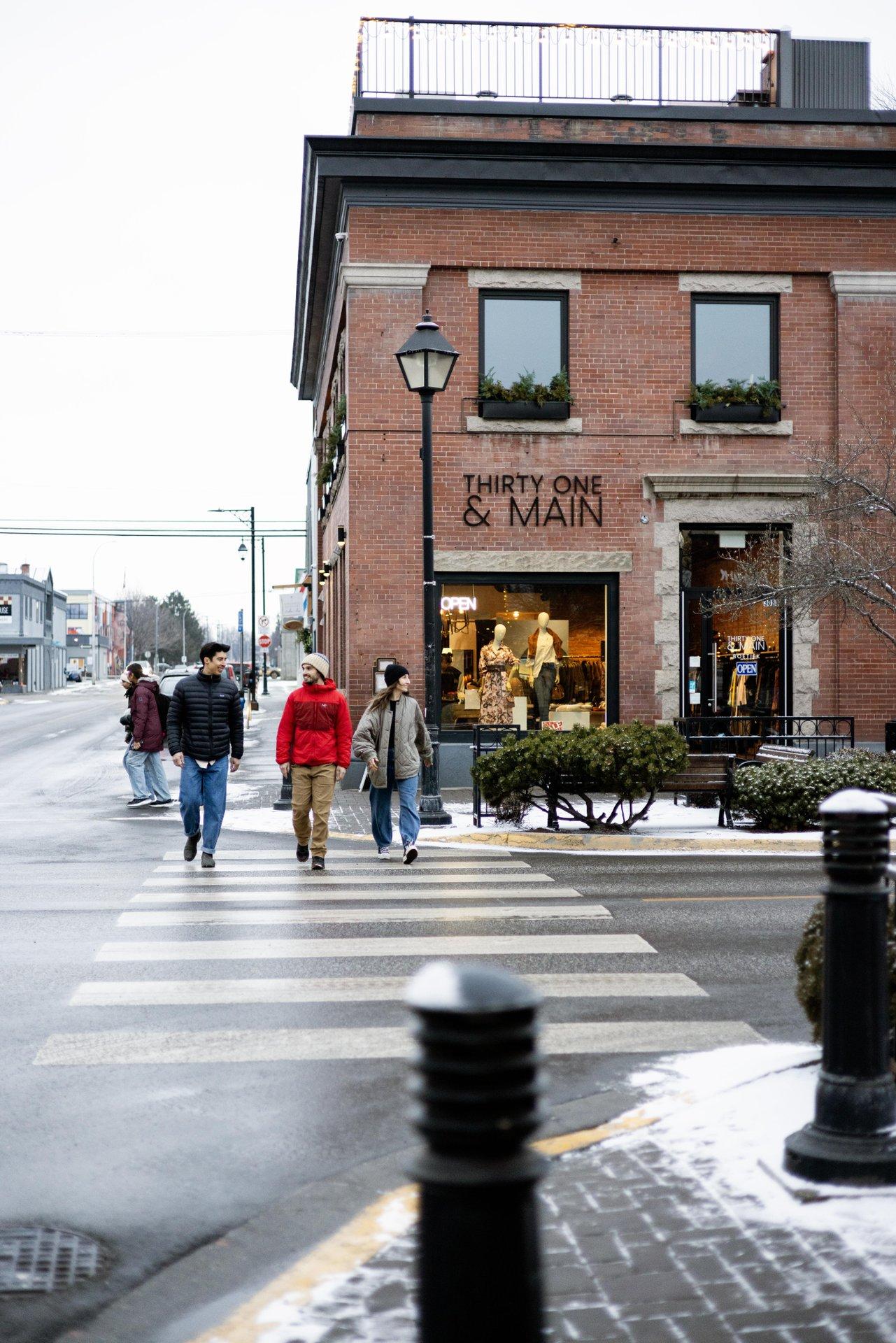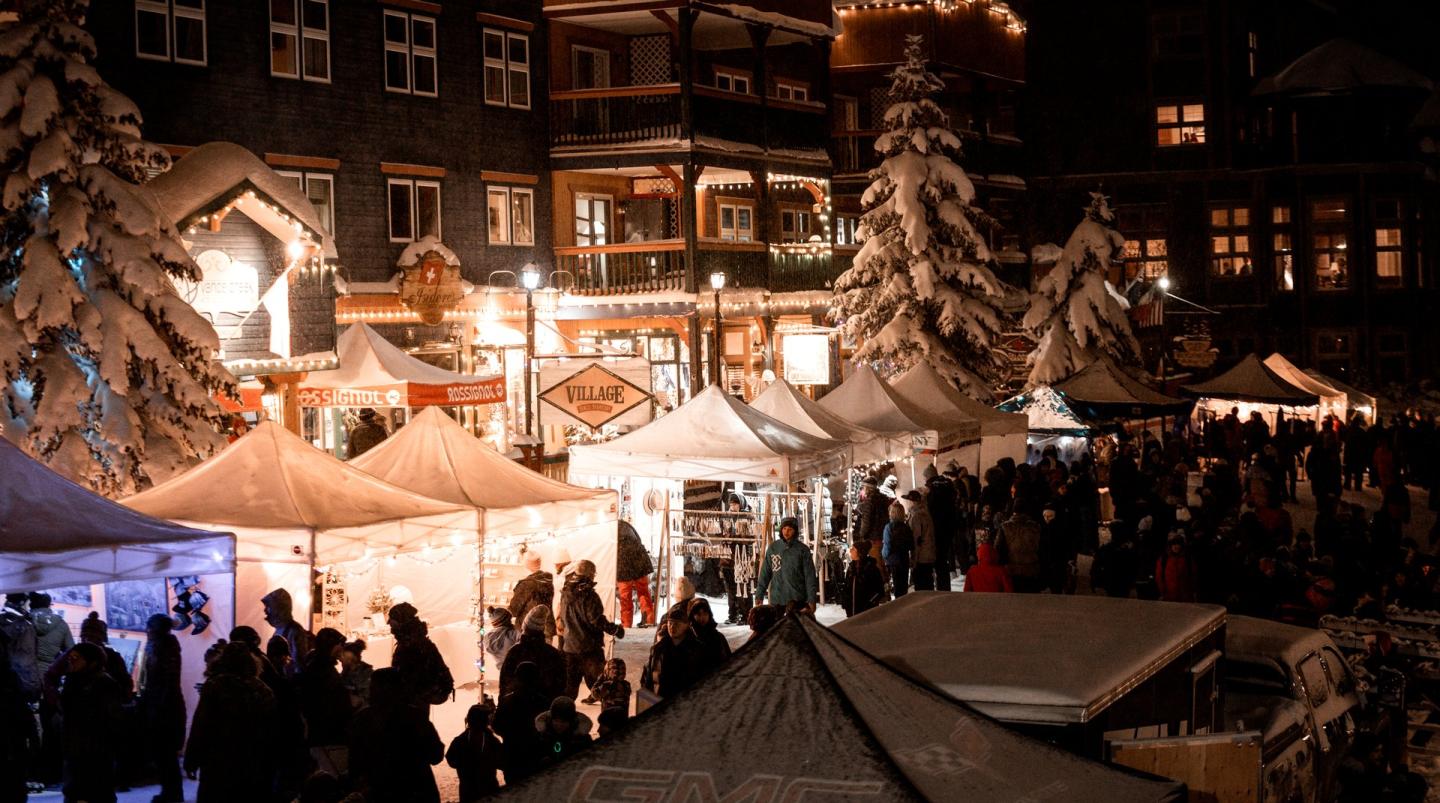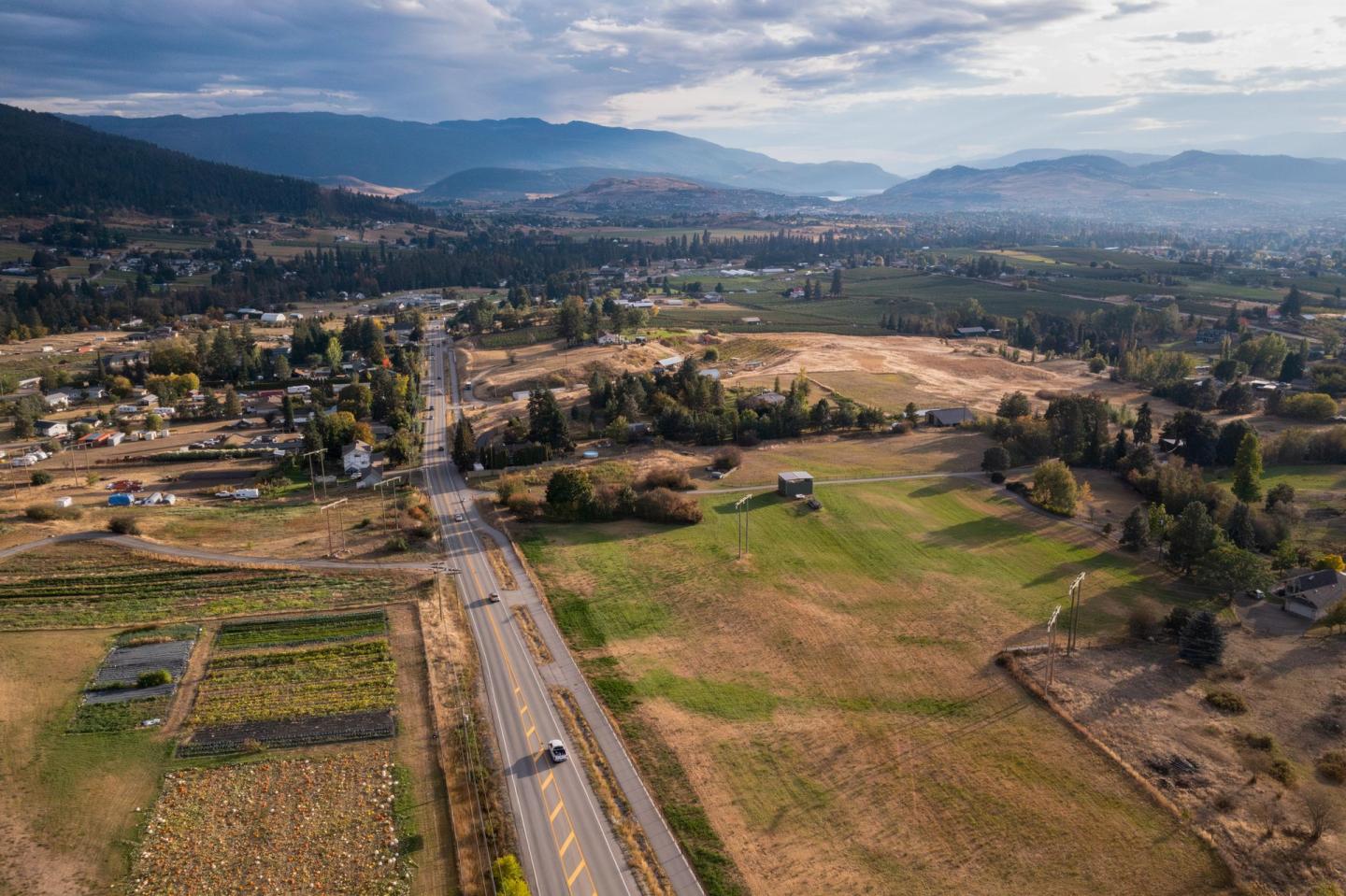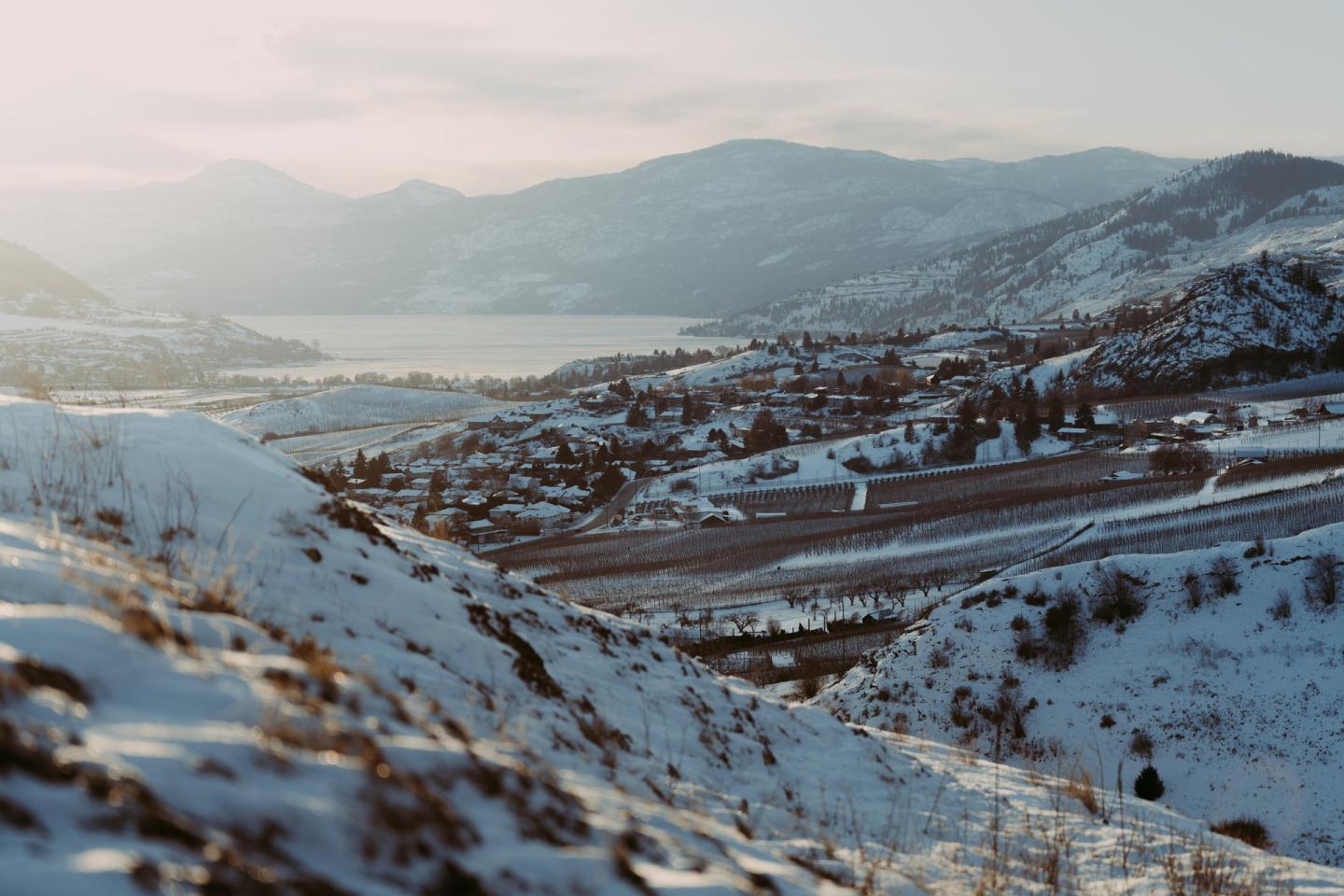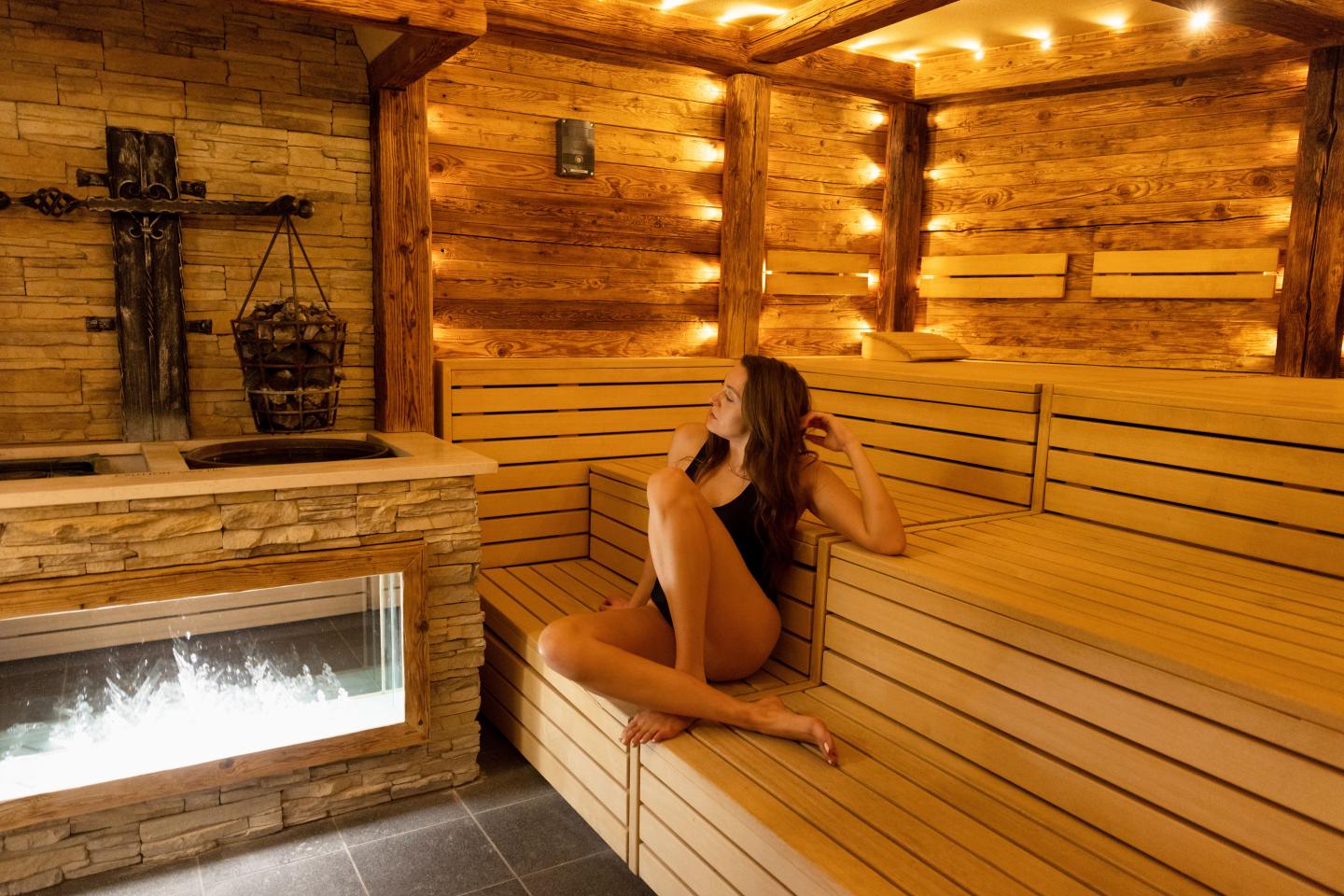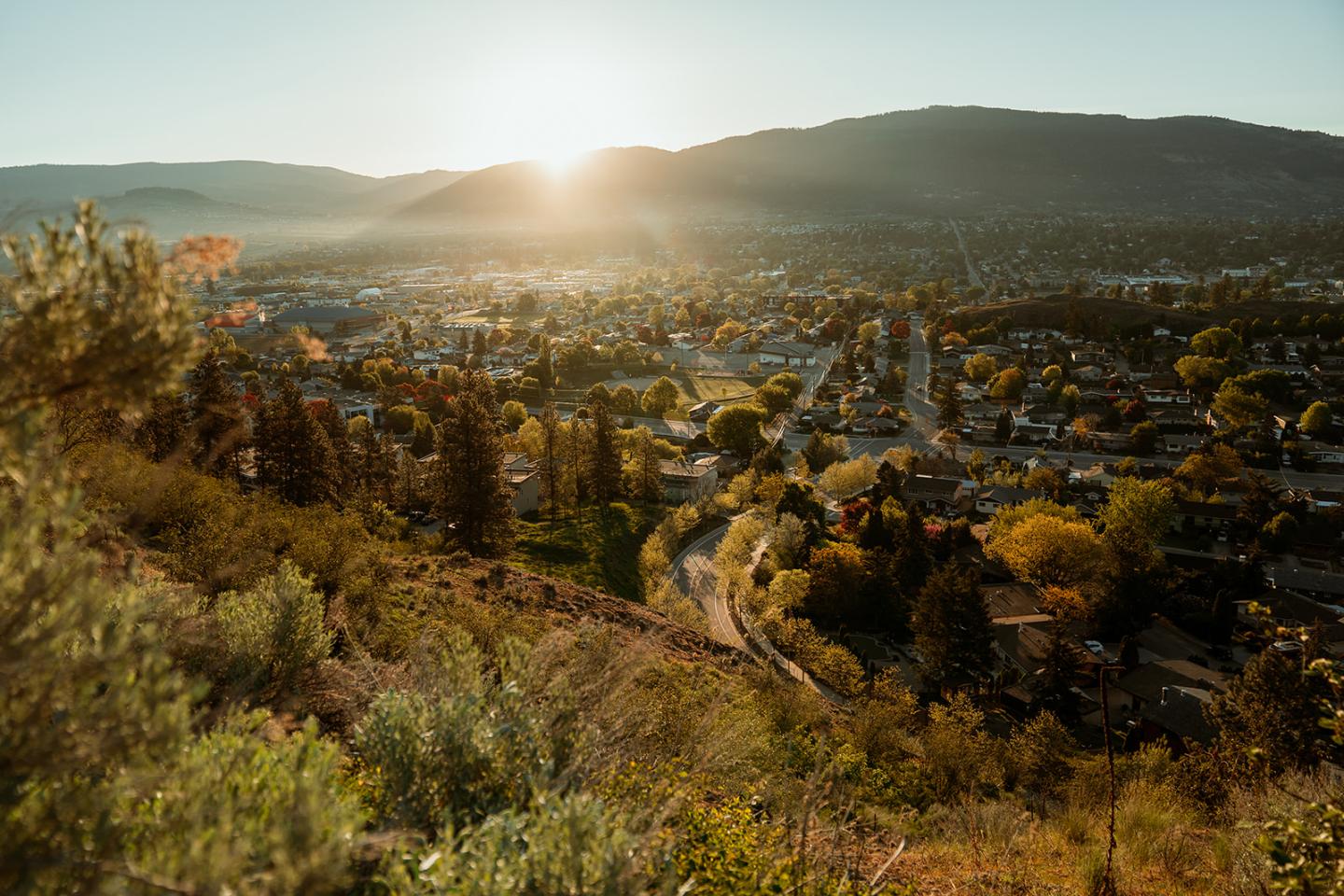
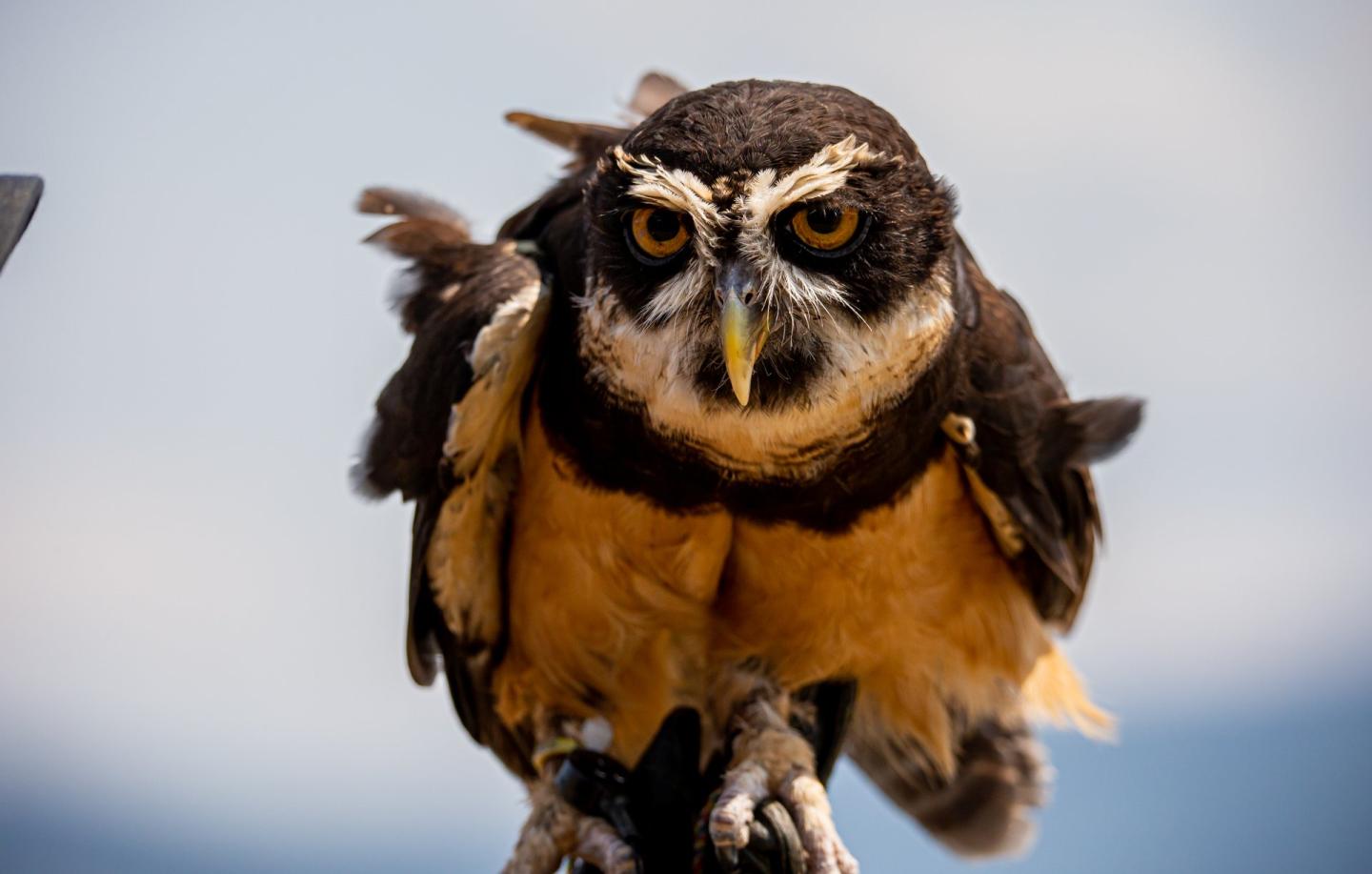
Birding
Whether you are an avid birder seeking out the elusive snowy owl or rare golden eagle, or you’re simply an interested hiker who appreciates spotting a variety of feathered fauna while you explore, we have some recommendations for you on where to go to spot the 320 species of birds that call the Okanagan home.
The finer feathered details
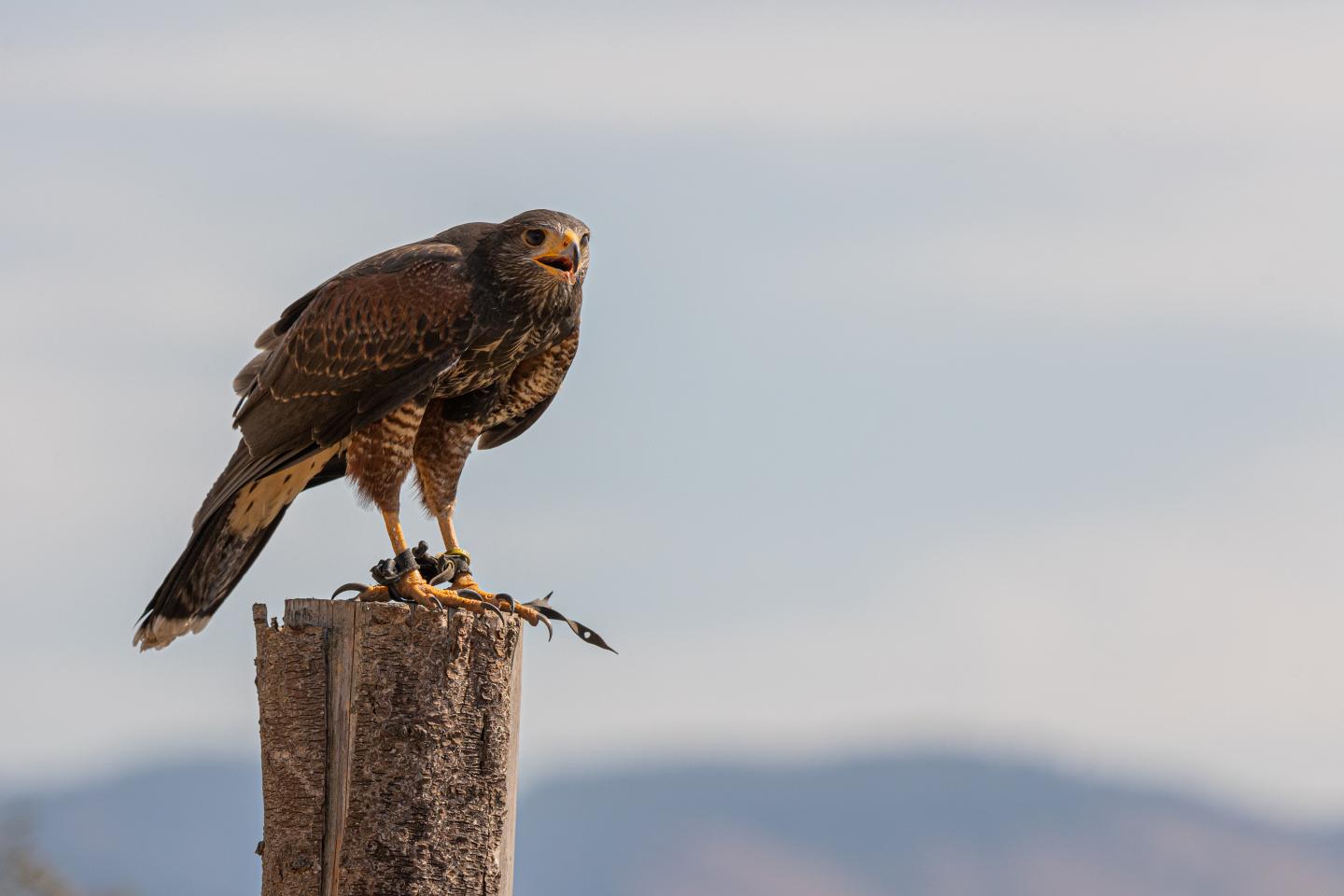
Here in Vernon, we appreciate the kind of tweeting that doesn’t require a phone. We are proud to be part of the BC Bird Trail, encouraging visitors to Look Up, and Stay Grounded.
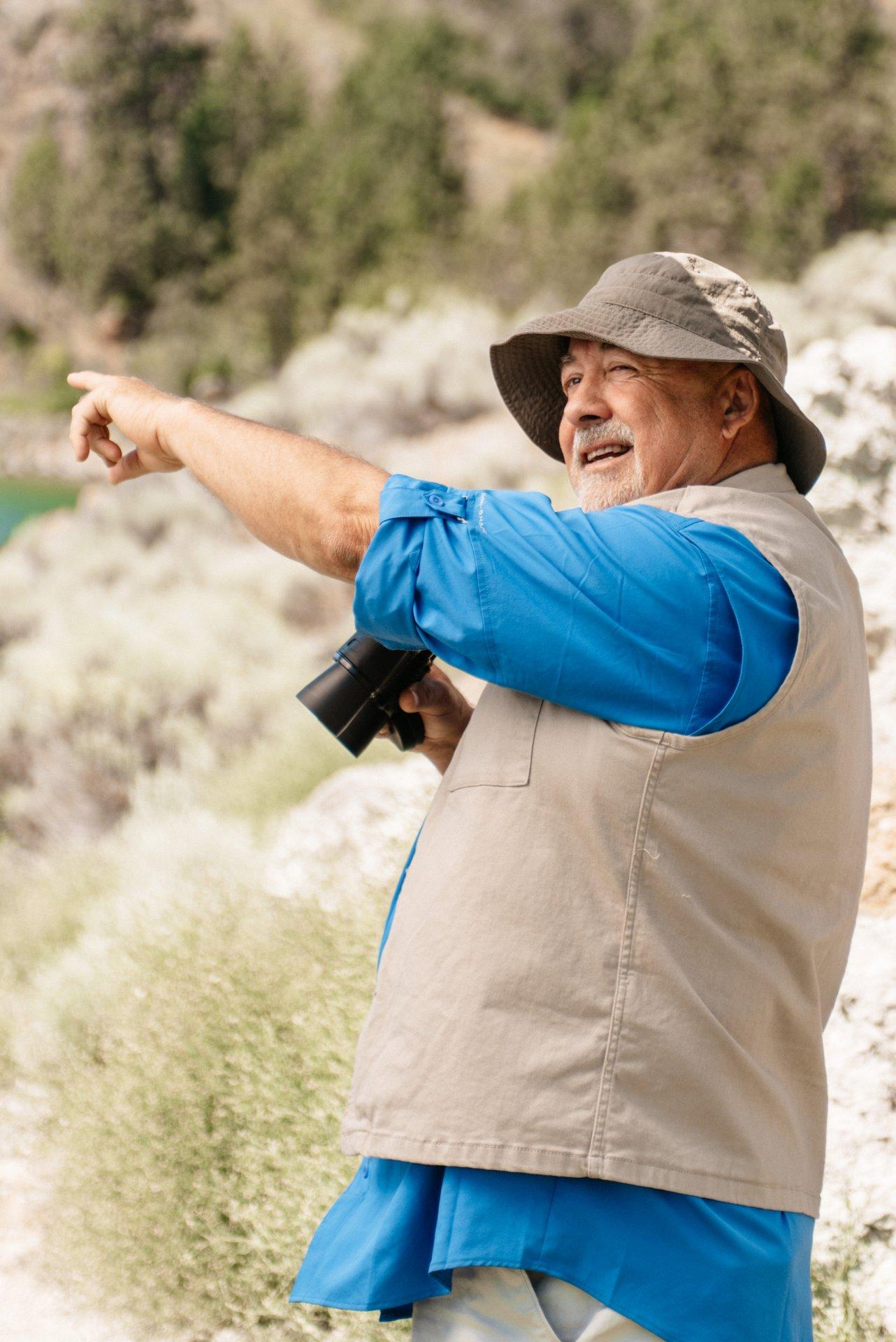
Our pristine valleys, ponds, and marshes are a premiere destination for birds and birders alike.
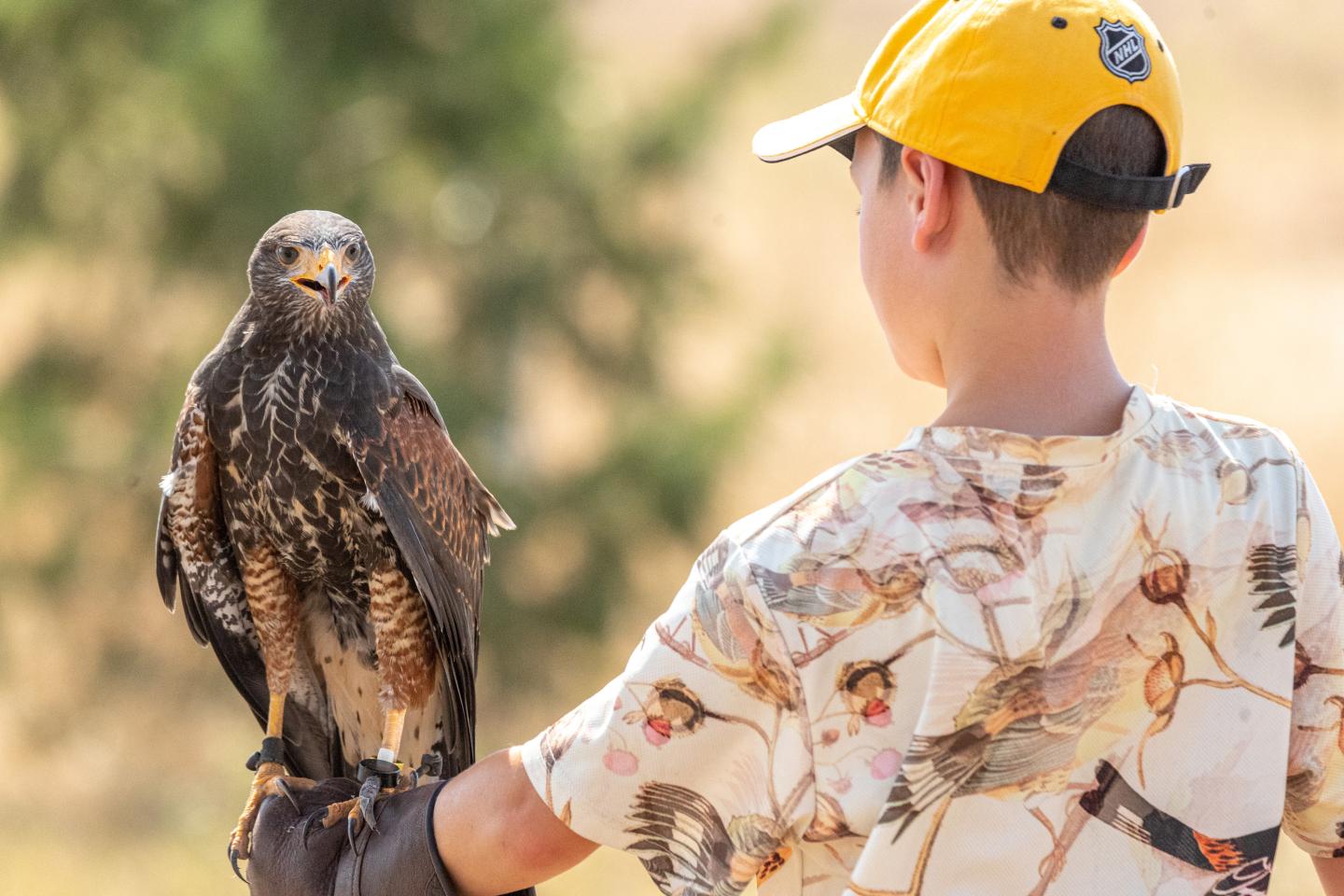
Allan Brooks Nature Centre
Perched atop the grasslands south of Vernon and boasting 360° views of the region, Allan Brooks Nature Centre is a perfect jumping off point for your next birding adventure. Stroll through the indoor exhibits, learn about local ecosystems from friendly, passionate staff, pack a lunch and enjoy the picnic area, or hop on the grassland trail that originates at the nature centre – experience it with a guide or take it at your own pace. There are many species of songbirds that call the Nature Centre home and the centre houses several blue bird nest boxes as part of their habitat conservation efforts.
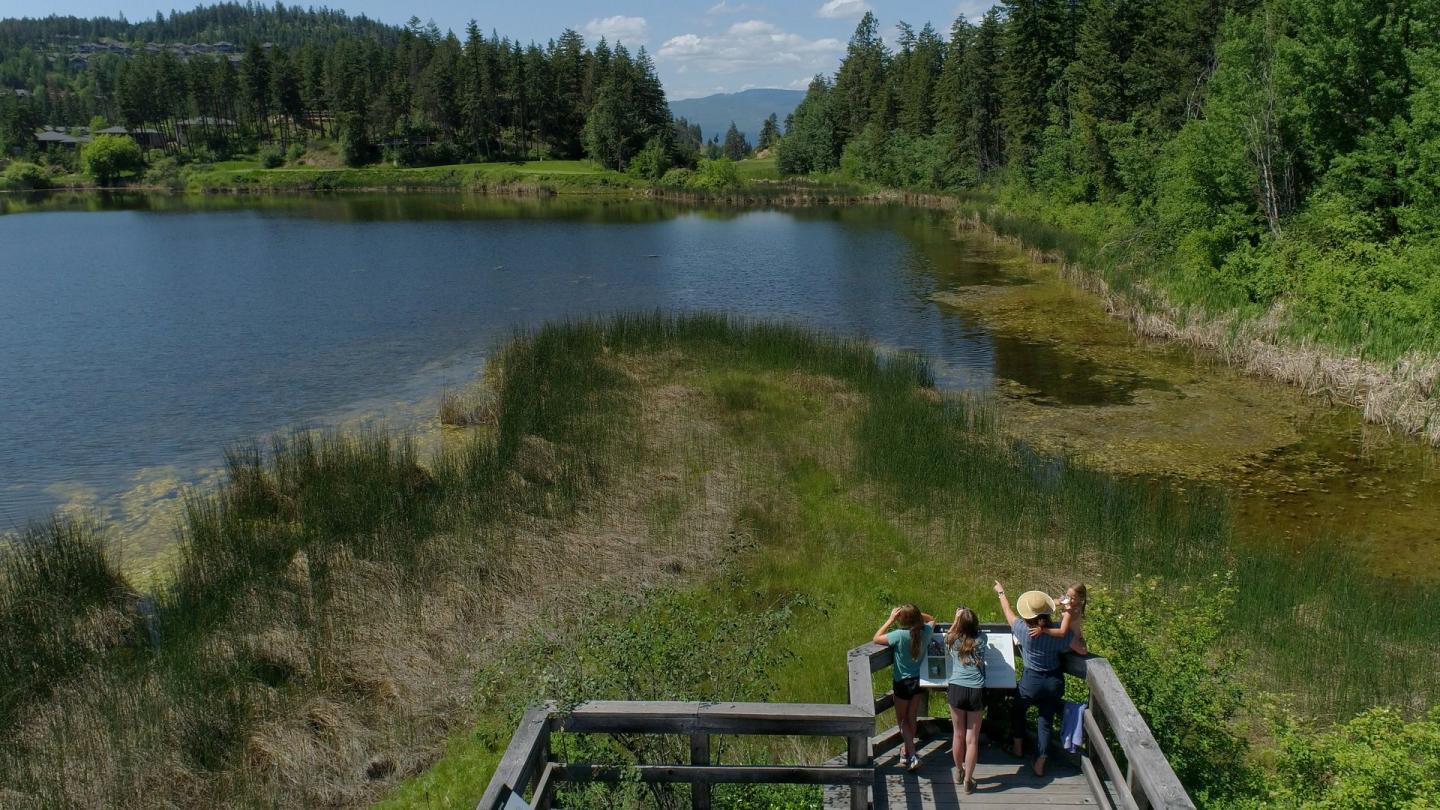
The Commonage
The Commonage is an area south of Vernon comprised of grasslands, ranches and wooded hills, and it is one of the top birding routes in the North Okanagan. Each season brings new species and depending on the time of your visit you can spot Tree Swallows, Western Bluebirds, Red-tailed Hawks, Gray Partridges, Spotted Towhees, Eastern Kingbirds, California Quail, and many other birds of the brush, raptors, and waterfowl. Be sure to respect private property signs and stop by the Allan Brooks Nature Center for suggested routes and more information about the area.
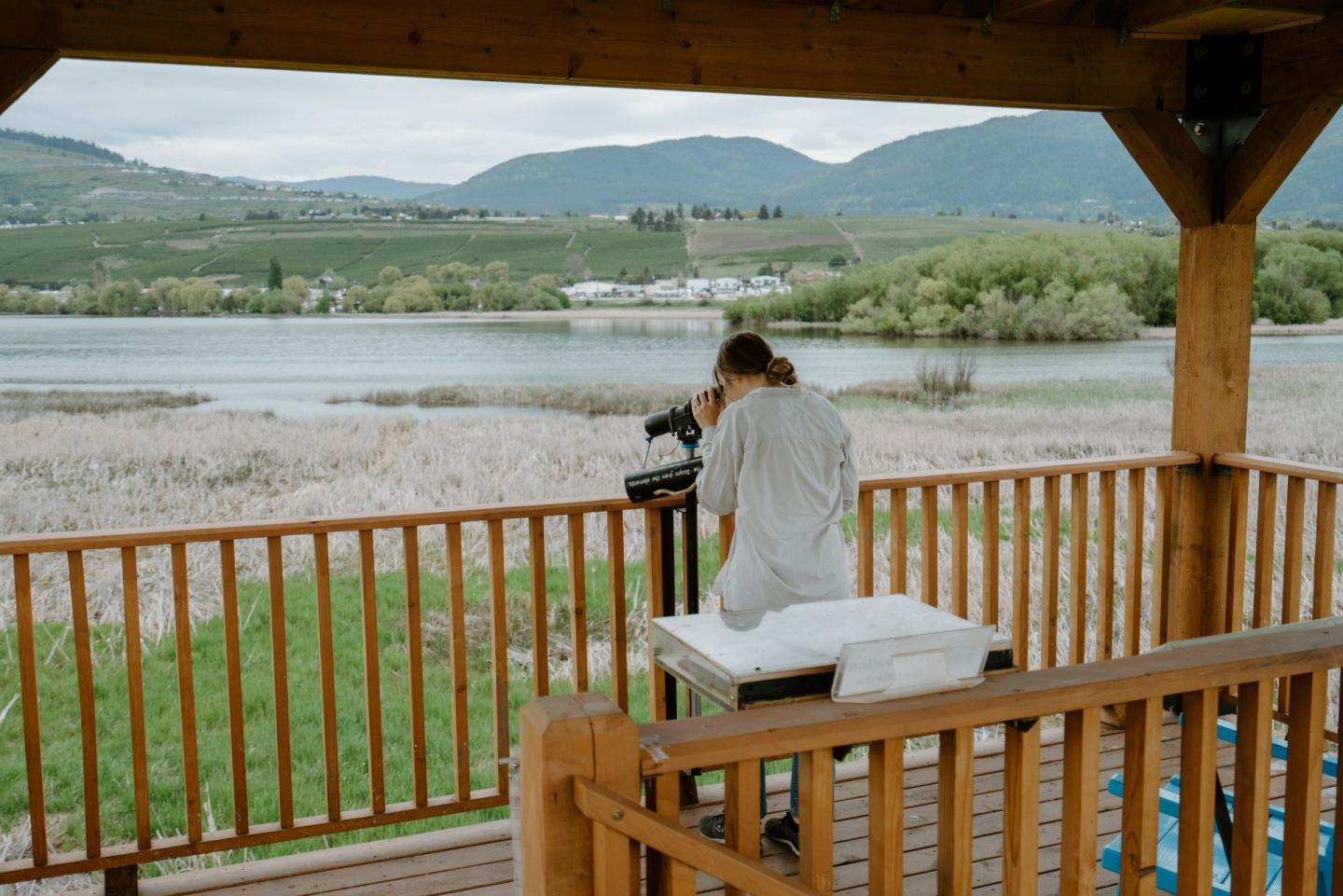
Swan Lake Nature Reserve
Swan Lake is a beautiful location for a relaxing stroll with lots of opportunities to see birds. There are two easy trails where you’ll find Marsh Wrens, Common Yellowthroat, Red-winged Blackbirds and a wide variety of waterfowl. Each trail is under 2 km (1.2 mi) one way. If it’s springtime, don’t forget your boots - sometimes the bird blind could be under water!
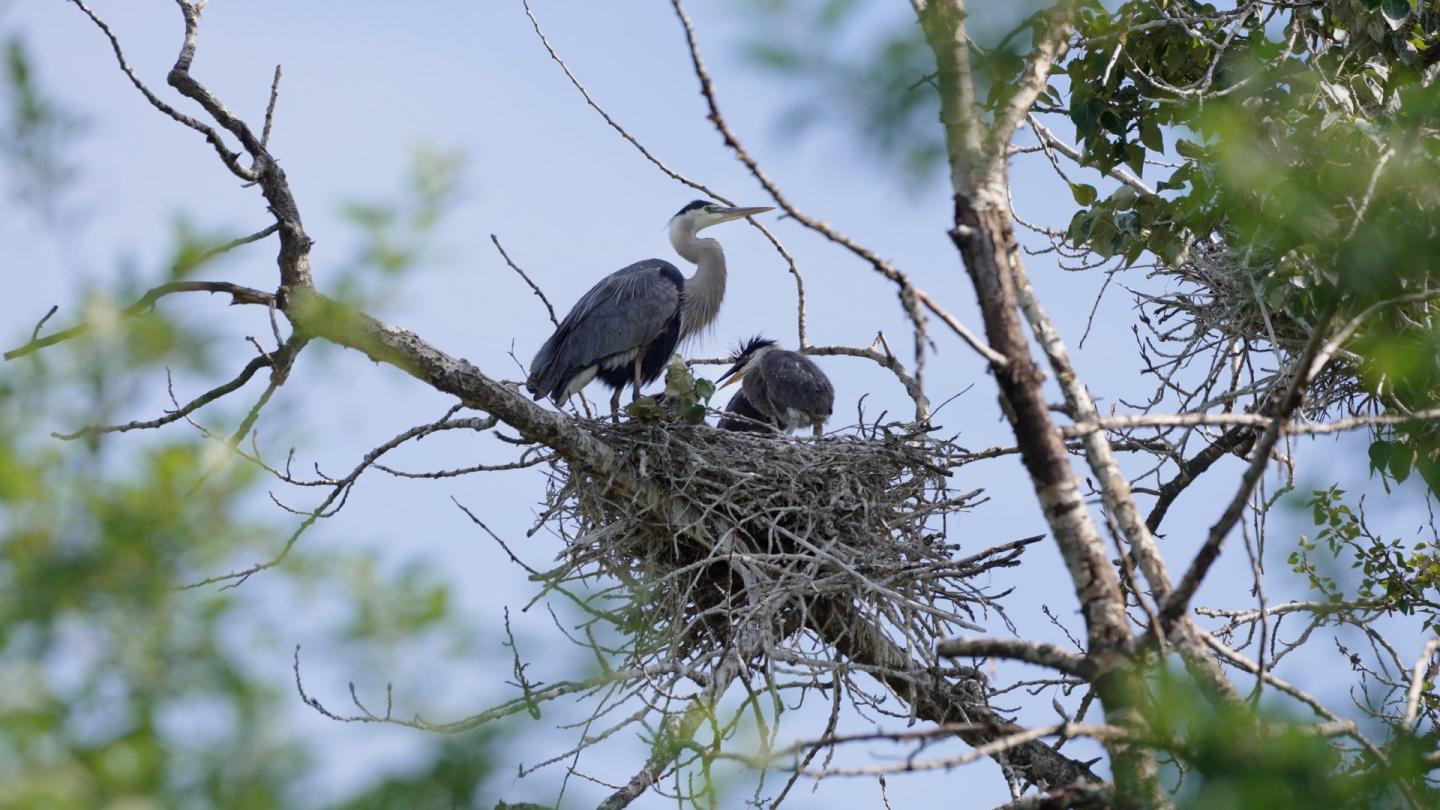
The Heronry
There’s nothing quite like the prehistoric look and impressive two-meter wingspan of the Great Blue Heron. Vernon is rather lucky to have its own healthy population of Herons that return annually. They nest among the tall Cottonwood trees between 20th and 24th streets just off 48th Avenue. Take the 1.4 km (.9 mile) one-way easy walk (or cycle) along the BX Creek Wetland Boardwalk Trail through a nature park and around pristine wetland ponds to catch sight of these majestic birds in their favourite nesting grounds.




